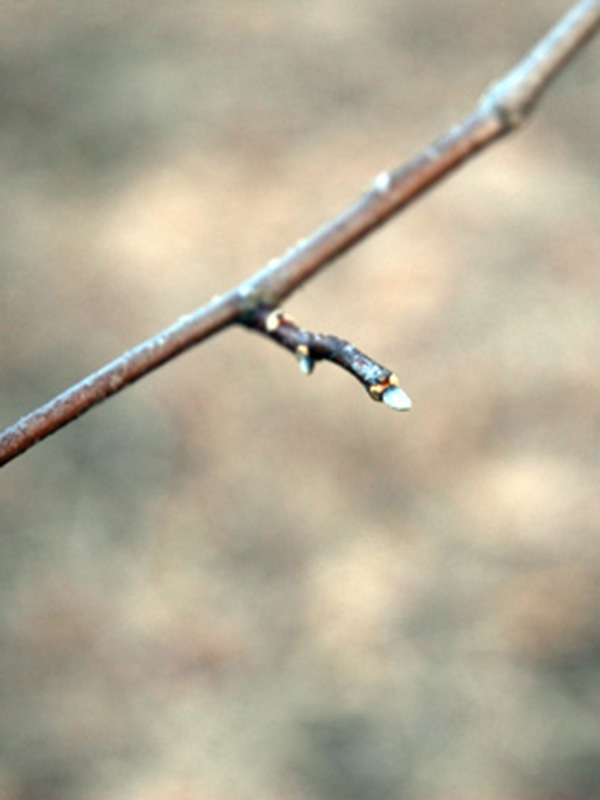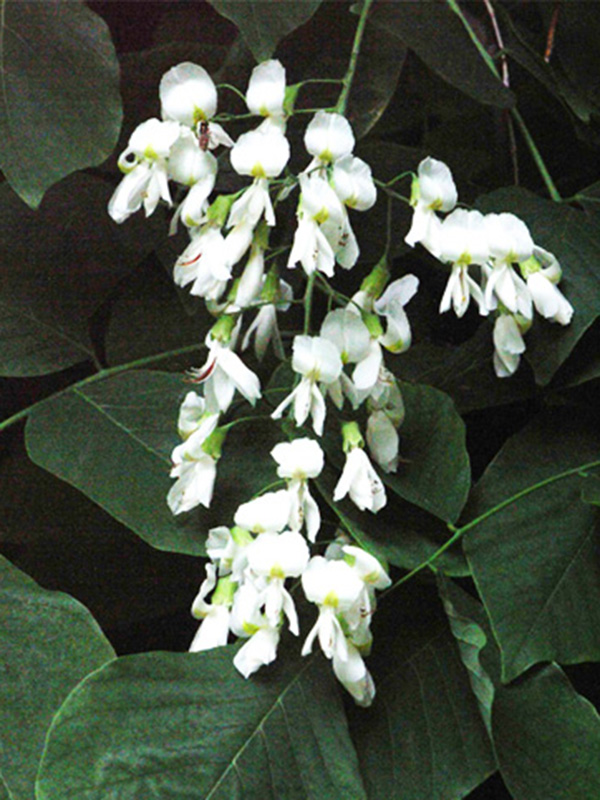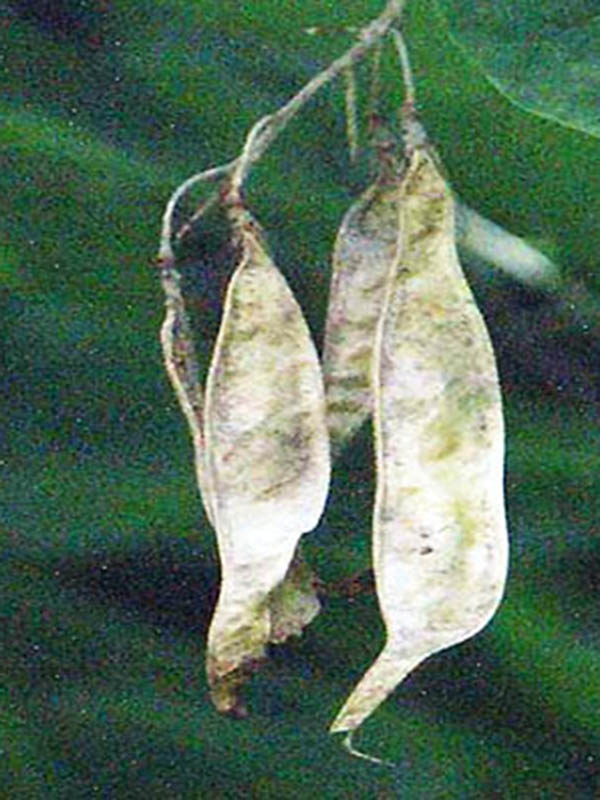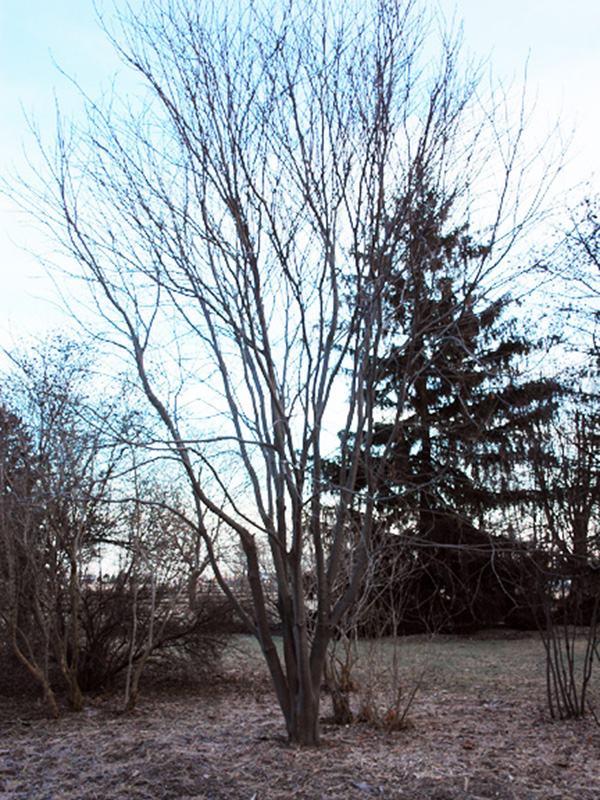
Woody > Cladrastis > Cladrastis kentukea > Cladrastis kentukea
Cladrastis kentukea
American Yellow-Wood
Origin: United States
Mike's
Opinion


"
An uncommon Carolinian tree that produces a crown almost as broad as it is tall. C. kentukea has dull lime green, compound leaves and white panicles that droop over the foliage in late spring. It is often multi-stemmed and low branched and often succumbs to storm damage in Southern Ontario, nonetheless, it is worth using in the landscape for when in flower it is beyond compare. It is supposedly quite hardy and has been grown successfully in London, Ontario although I am not sure about points further north.
Michael Pascoe, NDP., ODH., CLT., MSc. (Plant Conservation)
"
| Family |
| Fabaceae (Papilionaceae) |
| Genus |
| Cladrastis |
| Species |
| kentukea |
| Category |
| Woody |
| Type |
| Tree (deciduous) |
| Synonyms |
| Cladrastis lutea |
| Pronunciation |
| USDA Hardiness Zone |
| 3 |
| Canadian Hardiness Zone |
| 1 |
| RHS Hardiness Zone |
| H7 |
| Temperature (°C) |
| -46 - (-40) |
| Temperature (°F) |
| -50 - (-40) |
| Height |
| 15 m |
| Spread |
| 10-15 m |
Photographs
Description and Growing Information
Flowering Period
| General Description |
| It was once called C. lutea, but as plant name rules apply it took its earlier recorded name of C. kentukea in 1971, the name C. kentukea was given to the plant in 1811. The heartwood is light yellow, lutea in latin meaning yellow. The wood has be |
| Landscape |
| Excellent as a single specimen tree on a lawn or used as for group plantings in larger gardens. |
| Cultivation |
| Easily cultivated on light, well draining, rich soils, and is purported to be quite hardy. |
| Shape |
| Broad rounded crown. |
| Growth |
| Medium |
| ID Characteristic |
| A low broad canopied tree with dull lime green compound leaves and large white panicles of bloom. |
| Pests |
| Few pests and diseases that are common to Ontario. The main problem with the tree is weak branch crotches and the subsequent damage of the limbs. |
| Habitat |
| The Southern United States, endangered in the wild. |
| Bark/Stem Description |
| Similar to Beech bark, smooth and light grey. |
| Flower/Leaf Bud Description |
| Somewhat inconspicuous, light brown. |
| Leaf Description |
| Alternate, odd pinnately compound with 7-9 leaflets being dull lime green. |
| Flower Description |
| Often borne in 20-30 cm racemes, white pea like individual blooms, flowering in May. |
| Fruit Description |
| Pods in evidence in October, flat, light brown to about 6 cm in length and 1.5 cm in width. |
| Colour Description |
| Light yellow autumn colour. |
| Texture Description |
| A subtle texture especially when in leaf. |
| Notable Specimens |
| Royal Botanical Gardens, Burlington, Ontario, Canada. |
| Propagation |
| The seed coat is tough and needs treatment with sulphuric acid at which point seed should be stratified at 5°C in moist peat moss for three months. |



